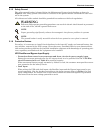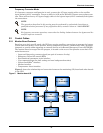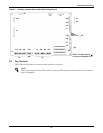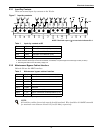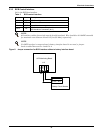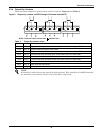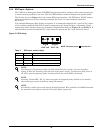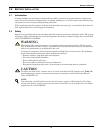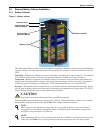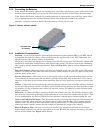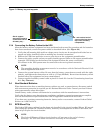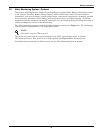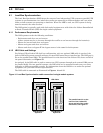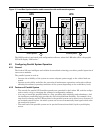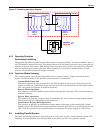
Battery Installation
21
3.0 BATTERY INSTALLATION
3.1 Introduction
If using multiple sets of batteries connected in parallel to provide the required battery backup run
times, fit each set with an isolating device to permit working on one of the battery sets while leaving
the others in service and providing backup protection.
When replacing batteries, replace with the same manufacturer and type, or equivalent. See your Lie-
bert representative for a list of approved batteries.
3.2 Safety
Special care should be taken when working with the batteries associated with the Liebert NX system
equipment. When all batteries are connected together, the battery terminal voltage may exceed 480V
and is POTENTIALLY LETHAL.
!
WARNING
The Liebert NX's internal batteries are connected and energized even if the UPS is turned
Off. To minimize the risk of injury, a qualified service person should disconnect the batteries
before any maintenance is performed on the unit.
A battery can present a risk of electrical shock and high short circuit current. The following
precautions should be observed when working on batteries:
• Remove watches, rings and other metal objects.
• Use tools with insulated handles.
• Wear rubber gloves and boots.
• Do not lay tools or metal parts on top of batteries.
• Disconnect charging source prior to connecting or disconnecting battery terminals.
!
CAUTION
To reduce the risk of fire, connect only to a circuit provided with DC amperes (see Table 12)
maximum branch circuit overcurrent protection in accordance with the National Electric
Code, ANSI/NFPA 70.
NOTE
The maximum available fault current from the battery supply is 8500A and the DC voltage
rating of the battery supply overcurrent protective device that is to be installed near the battery
supply must be at least 600VDC.



